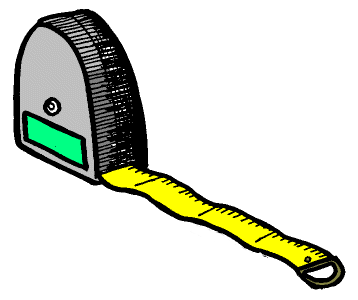 Your role in helping students to gain self-regulation will be challenging and it is clear that your first attempt to teach a student a self-regulation strategy may not be successful. Why? It takes time and practice to gain effective habits. Initial efforts must be refined based on student’s feedback, performance, and personal reflection.
Your role in helping students to gain self-regulation will be challenging and it is clear that your first attempt to teach a student a self-regulation strategy may not be successful. Why? It takes time and practice to gain effective habits. Initial efforts must be refined based on student’s feedback, performance, and personal reflection.
Five common instructional practices that have been cited as effective in helping students learn self-regulation are:
- Guide learners’ self-beliefs, goal setting, and expectations
- help students frame new information or feedback in a positive rather than a negative manner (e.g., “keeping track of your homework assignments will help you manage this course successfully,” rather than “if you don’t keep track you will fail”)
- provide specific cues for using self-regulatory strategies
- Promote reflective dialogue
- teacher modeling of reflective practices (think aloud)
- student practice with reflective dialogue
- group discussions to think through problems/cases (collaborative learning)
- Provide corrective feedback
- performance standards must be clear and perceived as attainable
- phrase feedback (positive or negative) as a statement about the task of learning, not about the learner
- Help learners make connections between abstract concepts
- use case-based instructions or examples that students come up with themselves
- use hands-on learning activities
- help students learn to separate relevant from irrelevant information (i.e., help them know where and how to focus their attention; guide their reference standards)
- Help learners link new experiences to prior learning
- use experiential learning activities
- focus on application of knowledge in broader contexts
- integrate real-life examples with classroom information
Next Section: Learning Academy Model
Previous Section: Common Self-Regulation Strategies